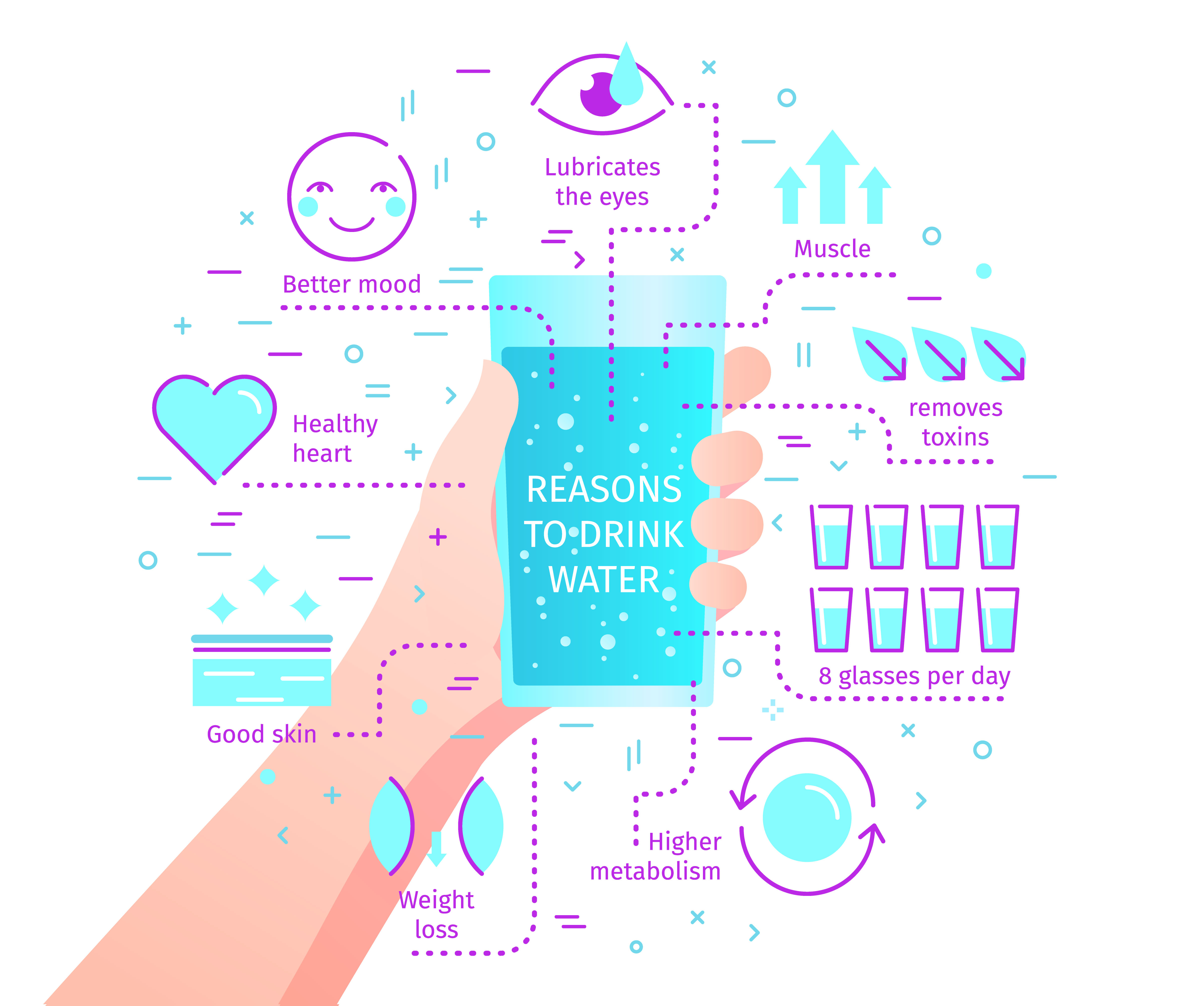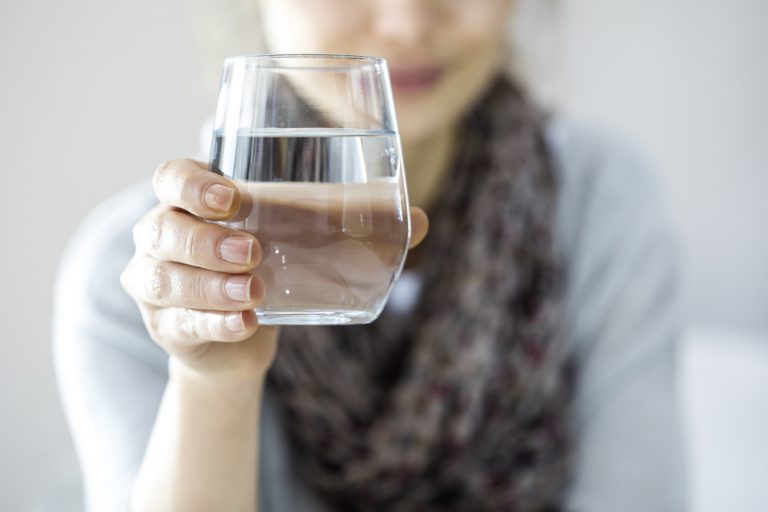Every day we should drink two, and in the summer even three liters of water. Only which one? Mineral, spring, or maybe healing? There is a growing selection of drinking waters on the market, but can you use this abundance? Here is a practical guide to water types.
Let's start with... water
There are many types of drinking water available in stores. Recent studies show that we do not distinguish between different types of water. We divide them into two basic groups of sparkling or still water. We consider every mineral bought as mineral water, which is not true. In addition, 57 percent of British people think that the healthiest is highly mineralized, and yet it depends on who is drinking them.
So what should you know about bottled water? First of all, it is worth familiarizing yourself with the chemical composition and other information on the label before buying. Properties of water depend on its composition and origin, i.e. the way it is obtained.
Types of water - natural spring water
They are extracted from crystal-clear sources, from shallower underground layers. These are mainly low mineralized waters, although they are the most popular ones. They contain less than 1000 mg of minerals per liter. Due to geological conditions, their chemical composition may change slightly depending on place of extraction.
Types of water - natural mineral water
Mineral waters are obtained from deep wells. They have a constant chemical composition and are quite rich in minerals - they are medium or highly mineralized waters. They contain at least 1000 mg of minerals per litre.
Water types - table water
They are obtained by mixing natural spring water or filtered tap water with various mineral components or with mineral water. Because their composition is modified during production, they are not entitled to the 'natural' definition. Quenches thirst well, but are generally much poorer in some important beneficial ingredients.
The label, in addition to the trade name of the water and its composition, should include the following information: name, address and telephone number of the producer, name of the city and the source from which the water was obtained, information that the water is certified by the National Institute of Hygiene, about whether it was saturated with carbon dioxide, as well as the expiration date. Never buy water that is out of date or from an uncertain source - it's a huge health risk.
Types of water - natural healing waters
They come from special healing sources. They contain not less than 1000 mg of minerals per liter and at least one medicinal ingredient in the right concentration, which significantly affects the functioning of the body. Natural water resources are deep underground. Thanks to this, they are effectively isolated from all impurities. For many hundreds of years, such water was extracting valuable minerals from surrounding rocks and in result it contains from 500 mg to over 1500 mg of minerals per one liter. Most often they are magnesium, calcium, sodium, sulfates, chlorides and carbonates. The concentration and proportions of these beneficial ingredients depend on the geological structure of the region.
Only natural spring waters with low or medium mineral saturation can be drunk daily without any restrictions. And only they are suitable for preparing meals for small children. Be careful with the other waters, because in some, the saturation with one or more ingredients is significant enough to easily overdose and harm your health.

Types of water – too much healthy become unhealthy
Absolutely you shouldn't overdo it with healing waters. Because although they are helpful in the treatment of many diseases, self-treatment with them can result in impaired liver or kidney function. Of course, if we drink one glass a day, nothing bad will happen. However, regular drinking should always be consulted with a doctor. Most often it is recommended to drink a glass of such water once and not more than 3-4 glasses during the day. Also, highly mineralized waters are not intended for unlimited consumption. You can drink up to 1-2 glasses a day. It is worth doing this in the case of high outdoor's temperature, because with sweat, we lose a lot of minerals.
In turn, table waters are recommended only to certain groups of people, e.g. physically working people or sportsmen. Exhausted, we need more specific ingredients, the excess of which can be even harmful to people living a sedentary lifestyle. Sodium saturation is important. An excess of this element causes an increase in pressure and retains water in the body.
People with hypertension, kidney or cardiovascular disease and a lot of salting should read labels and choose water with low sodium content.
So-called pH also matters. It is neutral. 7. Higher (alkaline) or lower (acidic) waters may be perfect for us or harmful. It depends on what is wrong with us. Acidic increases the secretion of gastric juice. People with hyperacidity should avoid them.
Types of water - sparkling or still water?
Artificially saturated carbon dioxide (CO2) water is recommended after physical exertion. It is faster absorbed from the gastrointestinal tract and stimulates urine production. Thanks to this, the body gets rid of harmful toxins accumulated during exercise. But sparkling water is not recommended for people with stomach problems such as indigestion, bloating and hyperacidity, and convalescence after jaundice, because carbon dioxide has irritating properties on the gastrointestinal mucosa. The disadvantage of bubbles is that they push up the walls of the stomach and eliminate thirst too quickly, before we even compensate for the lack of water in the body.
But a few sips will certainly not hurt us, but it will refresh you well, because carbon dioxide is partly absorbed into the blood, stimulating the circulatory and respiratory systems. This gas also hinders the growth of bacteria, so the water is longer for consumption after opening the bottle. Some waters, usually medicinal, contain carbon dioxide of natural origin. However, their gas saturation level is relatively low - around 1500 mg per liter. We don't have to be afraid of these natural bubbles from the ground. For comparison, some waters artificially enriched with CO2 may have it even over 4 thousands miligrams per liter!






